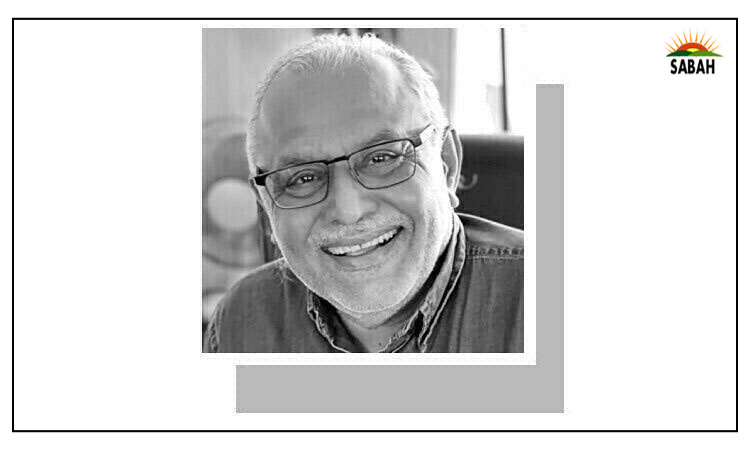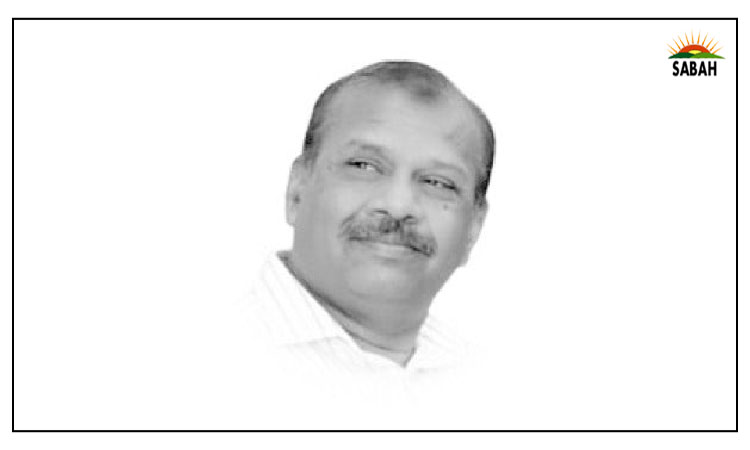Climate silence…Mark Hertsgaard And Kyle Pope
Inexplicably, climate change remains a niche concern for most mainstream news outlets. In the United States, most TV coverage of this summers hellish weather did not even mention the words climate change, much less explain that the burning of oil, gas, and coal is what is driving that hellish weather. Too many newsrooms continue to see climate as a siloed beat of specialists.
There are, of course, notable exceptions. The Guardian newspaper, the AFP news agency, and Al Jazeera itself are three news organisations that have long delivered science-based, abundant, comprehensive coverage of the climate crisis as well as its solutions.
But as excellent as they often are, they are among the outliers; much of the rest of media particularly television, which, even in todays digital era, remains the leading source of news globally for the largest number of people struggle to find their climate footing.
We wish it were otherwise. As founders of Covering Climate Now, a global journalism collaboration formed to break the climate silence that long prevailed in the media, we have been working to help our colleagues throughout the news business amp up their coverage of the climate story.
In 2019, the medias climate silence began to break, and in the past four years, we have seen encouraging successes. In the United States, major outlets, including The Washington Post, now treat climate change as a subject to cover every day, and not solely as a weather story. Telemundo 51, a Spanish-language TV station in Miami, is pursuing an all of newsroom approach that encourages reporters on every beat to talk about climate change, including its solutions.
Overseas, France Televisions (Frances counterpart to Britains BBC) has jettisoned traditional weathercasts in favour of a daily weather-climate bulletin where viewers can track global warming in real time as an eight-digit electronic counter shows how much todays temperatures exceed the preindustrial average.
Yet while dramatic changes in climate have made increased news coverage of extreme weather unavoidable, explaining the climate connection to extreme weather is a different task. Linking changes in the weather to the decisions being made by industries and governments that have overheated the planet is where news coverage needs to end up.
As journalists, we have to do better. The broad, general public needs to understand what is happening, why it matters, and, above all, that they can fix it for example, by voting, by not buying unsustainable products, and by talking to friends and family about doing the same.
Courtesy The News












